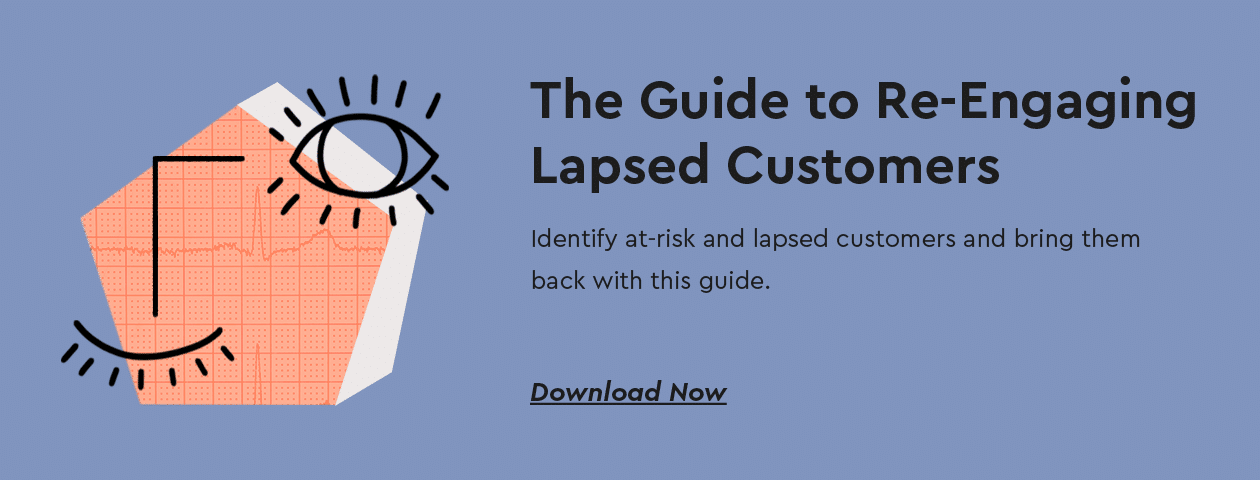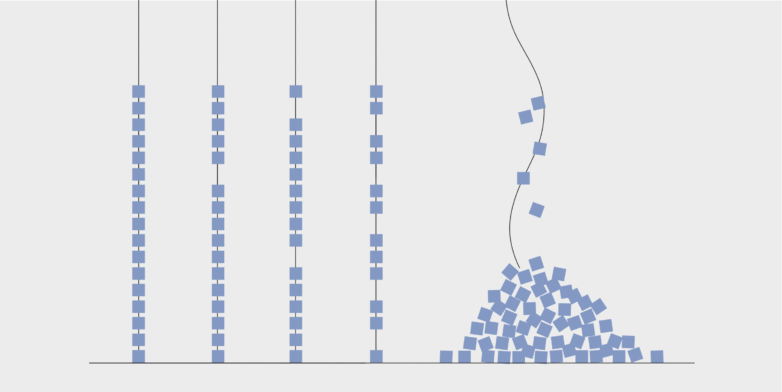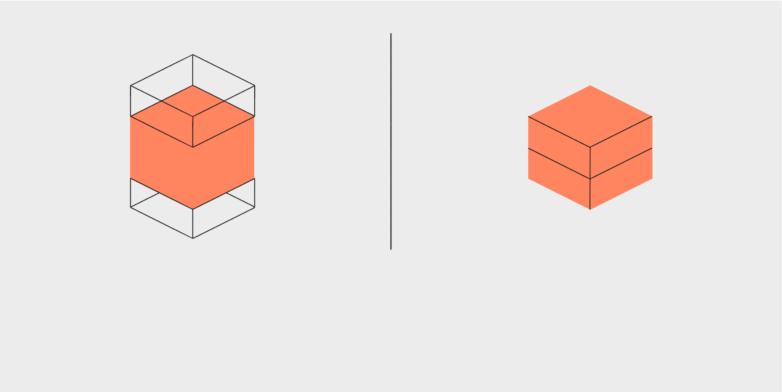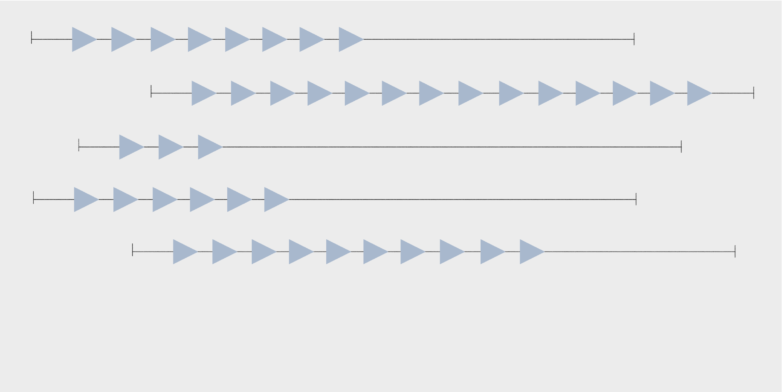What is Customer Attrition?
Customer attrition is the loss of customers by a business. Most customers of a given business will not remain active customers indefinitely. Whether a one-time purchaser or a loyal customer over many years, every customer will eventually cease his or her relationship with the business. This phenomenon of “disappearing” customers is known by many names, including customer attrition, customer churn, customer turnover, customer cancellation and customer defection. On the other hand, customer survivability is how long customers stay active before churning. The survival rate is the percentage of customers that stayed active during a period of time.
How to prevent churn and reactivate customer

Customer Attrition Rate
The customer attrition rate is measured for a given period by dividing the number of customers the company had at the beginning of the period by the number of customers at the end of the period. For example, if a customer had 50,000 customers on 1 January and 45,000 on 31 December, then the attrition rate for the company would be 10% (i.e., the company had 10% fewer customers at the end of the year than at the beginning of the year).
Note that this percentage figure considers both how many customers were lost and how many were gained during the period (i.e., the company in this example could have gained 10,000 customers, but lost 15,000 during the year). Churn rate, on the other hand, focuses solely on those customers who are no longer customers. Continuing the same example, the company’s churn rate for the year would be 20% (i.e., 20% of the company’s customers at the beginning of the year were no longer customers at the end of the year).
A commonly asked question is, What is a good (or bad) customer attrition rate? Unfortunately, there is no straightforward answer to this question, as it depends on many different factors, including each company’s particular industry, business model, the level of competition and investment in customer retention.
Why is Customer Attrition an Important Metric to Follow?
The rate of customer attrition is a key performance indicator (KPI) that businesses need to track in order to make sure they are making the correct strategic decisions. For one thing, most businesses invest substantial resources in their customer acquisition efforts. If new customers don’t stick around for long enough, it could be that some customer acquisition expenditures actually represent a negative ROI for the company (meaning, they lose money for the company).
Another important benefit of performing customer attrition analysis is that if customer attrition rates are too high, it might represent a fundamental problem with the company’s offering. It might also indicate a failure in aspects such as the customer experience, the product/service sold, or how customer relationship management is handled – perhaps the customers are simply not satisfied with their interactions with the company.
Additionally, it is important for every business to track the balance between revenues coming in from their new and existing customers. Customer acquisition rates and customer attrition rates are two central factors in this analysis.

Active and Passive Customer Attrition
It is important for marketers to distinguish between active and passive attrition. Active attrition – which is typically associated with subscription business models, such as those common in the telecom, publishing and Internet industries – refers to a customer who cancels his or her subscription to a phone line, magazine, newspaper, app/data/streaming service, etc.
On the other hand, passive attrition is when a customer simply stops transacting with a business. This is mainly associated with retail stores, e-commerce websites, on-request service providers and others.
Retention experts tasked with reducing active attrition have the advantage of knowing exactly when a customer wants to leave. This allows them to put in place aggressive techniques designed to change the customer’s mind, including offering a lower subscription cost, including free add-ons and the like. But they also have the disadvantage of having to change the mind of a consumer who has already decided to leave.
Marketers and retention experts responsible for reducing passive attrition have a big challenge: predicting when a customer is about to leave (read more about this in Predicting Customer Attrition, below). But when marketers can identify “churn signals” before it’s too late, they can proactively communicate with customers, send them relevant offers and otherwise entice them to remain active customers. Marketers can sometimes “reactivate” customers who have left (and they should attempt to do so!), although it is generally much easier to retain customers at risk of leaving than it is to bring back customers who are long gone.
The Guide to Re-Engaging Lapsed Customers
Identify at-risk and lapsed customers and bring them back with this guide.
What can Companies Do to Reduce Customer Attrition Rate?
There are four areas in which a company can focus to reduce the rate at which it loses its customers:
More Targeted Customer Acquisition
One reason that customers may not remain long-term customers is that the particular customers that the company is acquiring are not the best fit for the company in the first place. Efforts made to acquire customers from particular channels or with loss-leader offers may simply be bringing in the wrong types of customers. Sometimes it makes sense to spend more on targeting the most relevant customers, namely those who will become repeat customers over a long period of time. A good customer intelligence system can be used to identify the lifetime value of customers per acquisition channel or particular offer.
Improved Offering to Prevent Customer Attrition
An obvious factor to consider is the actual product or service being offered. Is it really what most customers want? Is it better than what the competition offers? Is the pricing competitive? Is the company investing in building a stronger brand that will enhance the perception of its products among customers?
Better Customer Experience Reduces Attrition
Today’s consumers have high expectations for every interaction they have with a company, making it imperative that companies look carefully at every contact point with customers. What is the shopping experience like? Can customers find all the information they want about the company’s offerings and policies? How long does delivery take? What is the customer service/support experience like? All of these issues (and many more) factor into a company’s customer attrition rates.
More Effective Customer Marketing
How effectively the company is marketing to its existing customers is an extremely important building block within the overall customer experience. Too many companies still believe in a one-size-fits-all approach to customer marketing. Modern consumers expect companies to understand them, their preferences and their needs – and not waste their time with irrelevant, annoying communications. In other words, companies need to communicate with every existing customer in a highly personalized manner, using the messages, channels and frequency that work best for each individual customer.
This is something that has become possible given the vast amount of customer data now available. Harnessing this data in order to implement personalized and “emotionally intelligent” customer communications at scale require the right technologies, tools and internal processes.
Predicting Customer Attrition
Successfully predicting customer attrition – and proactively preventing it – represents a huge additional potential revenue source for most businesses. Not only is it more difficult and expensive to acquire a new customer than it is to retain an existing customer, marketers already have a goldmine of data on their existing customers that can be analyzed to determine the most effective messages and offers for each one.
Predictive customer behavior modeling techniques attempt to understand the precise customer behaviors and attributes which signal the risk and timing of customer attrition, among other things. While older statistical/regression-based prediction modeling methods quantify risk using static data and metrics (i.e., information about the customer as he or she exists right now), more advanced methods combine ongoing, dynamic micro-segmentation that continually clusters customers into small, homogeneous groups based on changes in the data. These newer approaches deliver a customer attrition model with an unprecedented degree of accuracy in customer attrition prediction, proven across a wide range of company types and sizes.

Use an Automated Solution to Reduce Customer Attrition Rate
Optimove is a Relationship Marketing Hub that combines the most advanced customer modeling and predictive analytics technologies with an automated customer marketing orchestration platform. The software helps marketers proactively reduce customer attrition by implementing a systematic approach to planning, executing, measuring and optimizing a complete, highly personalized customer marketing plan.
Visit the Optimove Product page or request a Web demo to learn how you can use Optimove to automate a complete system of highly personalized customer marketing activities that increase long-term customer loyalty and reduce customer attrition.
Get a personalized tour of Optimove
Let us show you how to go from tens to hundreds of segments


